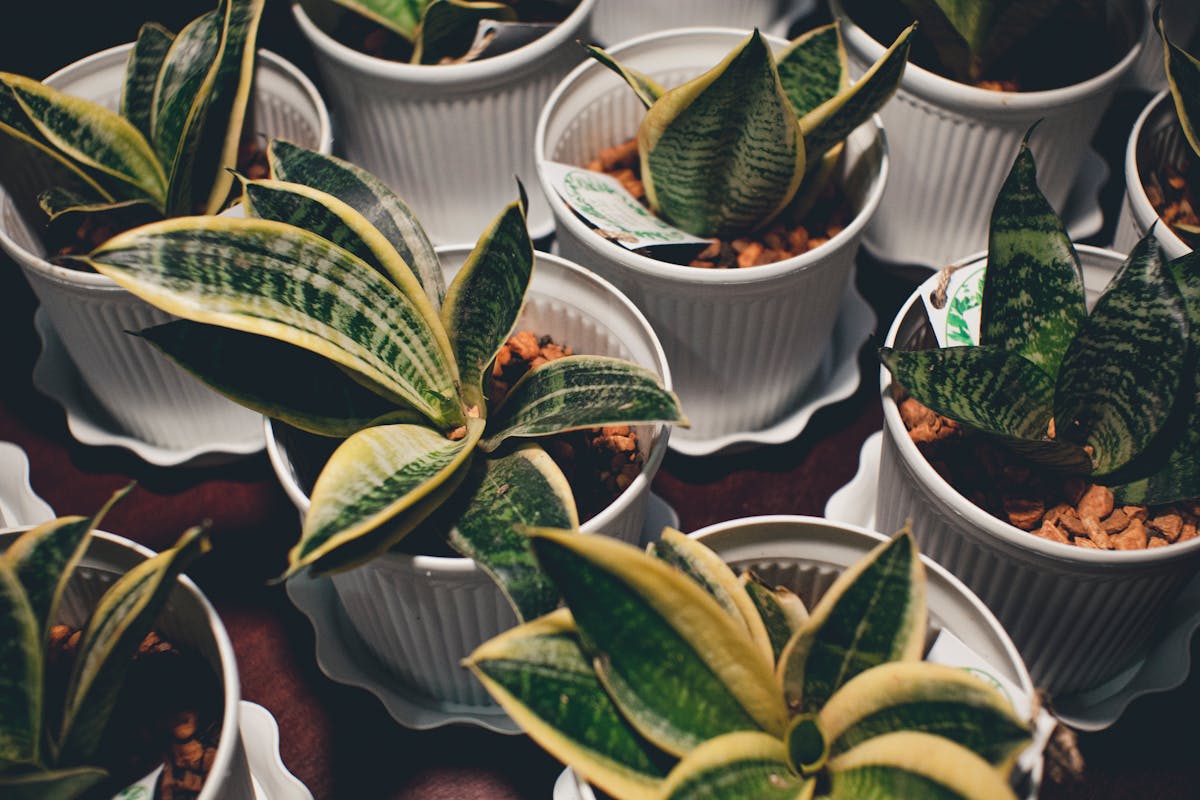One of the most rewarding aspects of owning snake plants is the ability to propagate them, allowing you to create new plants for your home or share them with friends. This guide will provide you with everything you need to know about propagating snake plants successfully.
Why Propagate Snake Plants?
Propagating snake plants offers several benefits:
Cost-Effective: Instead of purchasing new plants, you can grow them from existing ones.
Sharing the Love: They make great gifts for friends and family, allowing you to spread your passion for plants.
Increased Plant Collection: You can enhance your indoor garden without breaking the bank.
Methods of Propagation
There are two primary methods for propagating snake plants: leaf cuttings and division. Both methods are straightforward, but they require different approaches.
1. Leaf Cuttings
Step-by-Step Process:
Choose a Healthy Leaf: Select a mature, healthy leaf from your snake plant. It should be free from damage or disease.
Make the Cut: Use a clean, sharp knife or scissors to cut the leaf into sections that are about 4-6 inches long. Make sure to cut each section straight across; do not wedge or tear the leaf.
Allow to Callous: Place the cuttings in a dry, warm area for a few days to let the cut ends callous over. This helps to prevent rot when they are placed in the soil.
Plant the Cuttings: Fill a small pot with well-draining soil (a mix designed for succulents works well). Insert the cut end of each leaf section into the soil, burying it about an inch deep.
Water and Wait: Lightly water the cuttings and place the pot in bright, indirect light. Keep the soil barely moist, allowing it to dry out between waterings. Patience is key, as it may take several weeks to a few months for roots to develop.
2. Division
Step-by-Step Process:
Select the Plant: Choose a mature snake plant with multiple leaves and some space in the pot.
Remove from Pot: Gently remove the plant from its pot. It might help to water it beforehand to make the process easier.
Divide the Rhizomes: Examine the root system and identify healthy sections with multiple leaves attached. Use a clean knife to separate these sections, ensuring each piece has roots and a leaf close together.
Re-pot the Divisions: Place the sections in new pots filled with well-draining soil. Make sure the roots are covered and the leaves are above the soil line.
Watering: Lightly water the soil and place the pots in bright, indirect light. Monitor the moisture level and let the soil dry out between waterings.
Care for New Plants
After propagating your snake plants, it’s essential to provide proper care to ensure they thrive:
Light: Snake plants prefer bright, indirect light but can tolerate low-light conditions. Avoid direct sunlight, which can scorch the leaves.
Watering: Overwatering is a common issue. Allow the soil to dry completely between waterings. During the winter months, reduce watering frequency.
Humidity: Snake plants are not fussy about humidity but do well in average household humidity levels.
Potting: Choose pots with drainage holes to prevent standing water, which can lead to root rot.
Troubleshooting Common Issues

While snake plants are hardy, new propagations can still face challenges:
Yellowing Leaves: This can indicate overwatering. Check the soil moisture and allow it to dry out between waterings.
Root Rot: Ensure that you’re using well-draining soil and avoid letting the plant sit in water.
Slow Growth: Patience is essential. Roots may take time to develop, especially with leaf cuttings.
Conclusion
Propagating snake plants is a rewarding activity that allows you to expand your collection and share the joy of plant parenting with others. With simple techniques like leaf cuttings or division, you can easily grow new snake plants.






